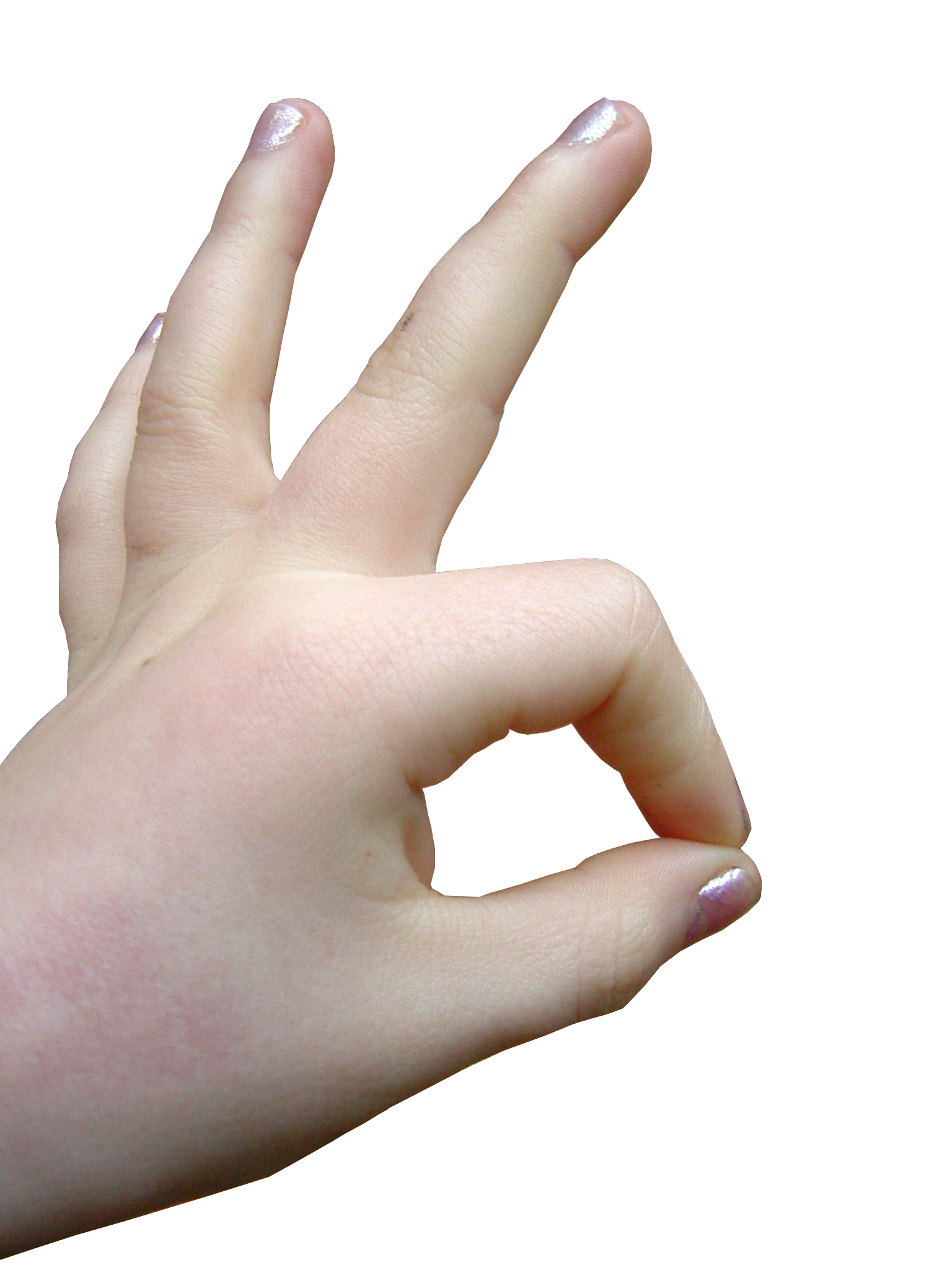-
01 July 2013
-
0 comments

In a blog post last week I shared some apps that I use to promote visual perceptual skills. This week, I would like to share some apps that are useful in promoting fine motor skills. Fine motor skills refer to the ability to complete tasks using precise movements of the fingers and hands. One great way to develop fine motor skills is to use resistive materials to promote increased strength, kind of like lifting weights to build up your arm muscles. (Using a tablet, though, does not provide opportunity to work against resistance.)
Another excellent way to develop these skills is to increase the range of motion in your fingers. Just as you might perform stretches or do yoga to increase flexibility in your larger muscles, so too, by stretching and engaging the small muscles of the fingers and hands, you are preparing your small muscles to complete fine motor tasks with improved dexterity and motor control. Additionally, it is important to be able to isolate the fingers (especially your thumb, pointer, and tall finger), which enables us to manipulate fine motor tools, like crayons and pencils, with an efficient grasp. Children who have difficulty isolating their fingers, especially the ones near the thumb, have difficulty maintaining a good grasp on their pencils, and tire easily during coloring or writing activities, since they have to use all of their fingers to hold the pencil. By working on isolating these fingers, as well as increasing their range of motion, will help your child perform activities involving small motor movements of the fingers, whether it be drawing or stringing beads.
Some (free) apps that I like to use:
• iDrag Paper – The goal of this game is simple; unravel the toilet paper roll as fast as you can (while isolating your pointer finger, and working on moving it up and down). I find that grade school children find this app to be fun, especially with the “flushing” sound effect at the end.
• Pop Beads – Like the physical pop beads, the idea of this virtual activity is to connect and disconnect the pieces (while isolating and stretching the first few fingers) to make a chain or bracelet (but unfortunately, you can’t wear this one!). There are some nice options to change the styles of beads, including ones with letters, which can be fun for learning to create patterns or spell words.
• Knots – This addictive game challenges the player to touch and hold the target, reach for another (stretching and isolating fingers), and lift the finger that begins to “radiate.” The better you are, the more targets it adds, for more finger involvement, as well as motor planning.
• TwisTouch – The aim of the game is to drag the “blobs” to the matching targets, without letting go, in order to progress to the next round. Don’t let the simplicity fool you – this becomes pretty challenging early on, as your fingers become occupied holding down their fort.
• Tap the Frog – This exciting app has so many levels that you can unlock, it’s hard not to get sucked in. Many of the levels require you to tap your finger quickly (finger range of motion) or at a certain time, and others involve extra challenges, like simple math problems.
• Air Hockey – The classic game “iPad style”: Isolate your pointer finger to shoot the hockey puck into the goal, as well as block your own goal, while playing against a friend or the iPad. Just make sure your palm or other fingers don’t touch the screen, as it will make your puck jump to another part that you didn’t intend.
• Pinch Peeps – This fun app requires the user to use a pincer grasp (open/close thumb and index finger) to pinch the “Peeps” together, while avoiding obstacles, and earning points.
Share Social
